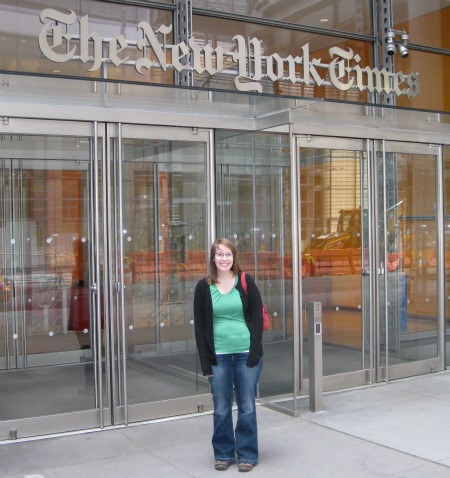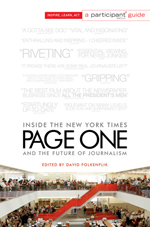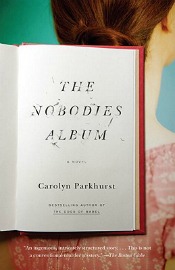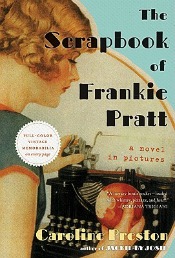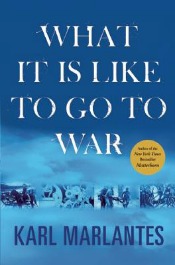 Whenever I think about having a lazy Sunday, I always want to watch the “Lazy Sunday” SNL Digital Short with Adam Samberg and Chris Parnell. It makes me giggle every time.
Whenever I think about having a lazy Sunday, I always want to watch the “Lazy Sunday” SNL Digital Short with Adam Samberg and Chris Parnell. It makes me giggle every time.
I skipped my weekly morning writing session at a coffee shop yesterday morning — it was really, really cold, and I just wanted to spend the morning in my pajamas reading Raised Right by Alissa Harris — so I’m feeling a little behind starting up today. I actually was really lazy yesterday, so I have the bulk of my weekend project list to finish today… going grocery shopping, making chicken noodle soup, doing laundry, writing our BAND discussion for February, catching up on reviews, and completing my first day of week four of Couch to 5K. It’s going to be a busy day!
Still, I’m hoping to get in some quality reading time. I finally finished reading Physics of the Future by Michio Kaku (book three of five for the Indie Lit Awards) this week, and decided I needed a break with some shorter books before I dive into my re-reads of Lost in Shangri-La and In the Garden of Beasts.
My first grab was Raised Right, a memoir by Alissa Harris that explores how she “untangled her faith and politics,” that Kate (the parchment girl) sent to me. I’m still muddling with coherent thoughts for a review, but I thought it was a fascinating read, particularly as someone coming to the book without a strong religious upbringing.
Next, I’m not so sure what I’ll read. I just picked up Quiet: The Power of Introverts in a World That Can’t Stop Talking by Susan Cain from the library, and I’m really digging it after I finished the first chapter last night. But with Valentine’s Day coming up, I was thinking it might be fun to read something about love. I’ve had Andrew Shaffer’s Great Philosophers Who Failed at Love on my shelf since BEA last year, and it’s the sort of slim book that might be good right now.
I’m also really behind on my Essay a Day project, so I might try and read a bunch of essays today to get caught up. I still have Best American Essays 2011 on my nightstand, and I picked up Arguably: Essays by Christopher Hitchens at the library yesterday too. (Sidenote: Is there some sort of support group for a library addiction?).
So that’s my Sunday, in a nutshell. And if you missed it, this is what I wrote about on the blog this week:
- A book and movie review of Page One: Inside the New York Times, edited by David Folkenflik
- A review of The Nobodies Album by Carolyn Parkhurst
- A review of The Scrapbook of Frankie Pratt by Caroline Preston

